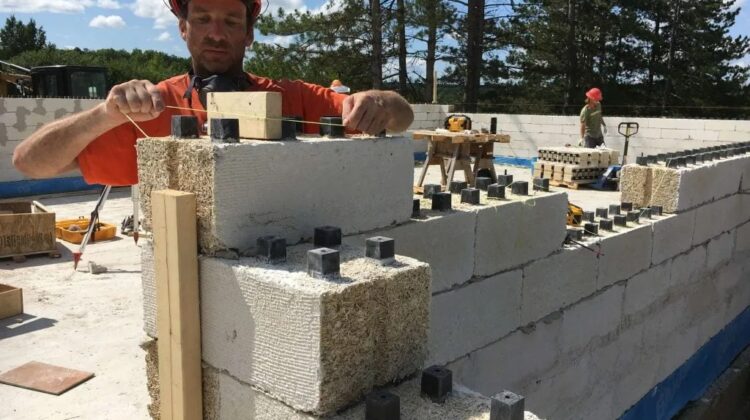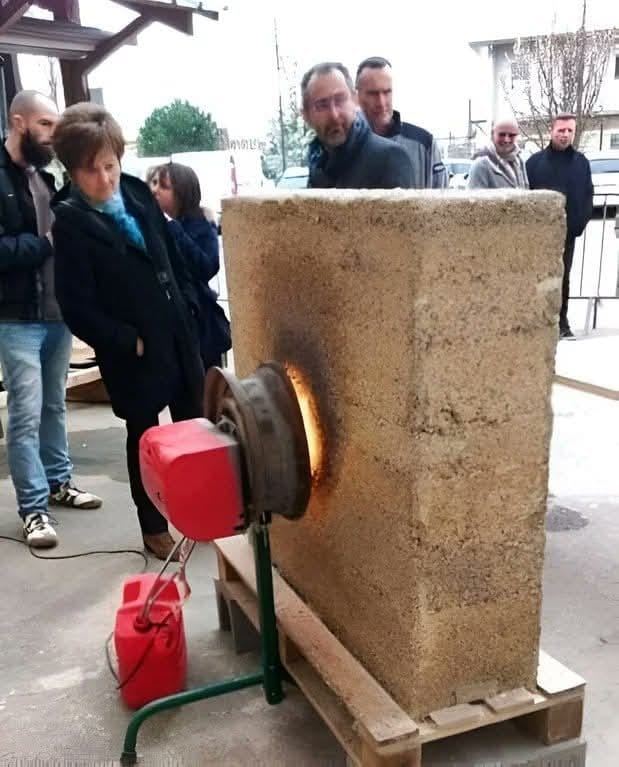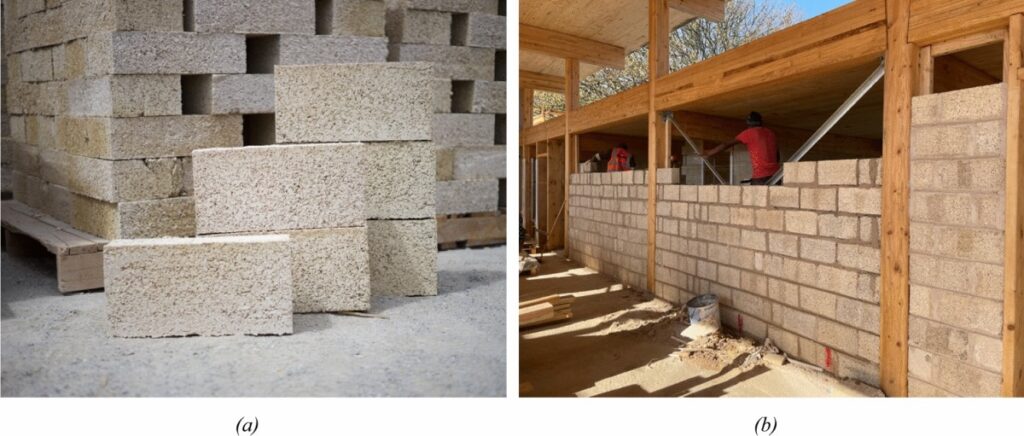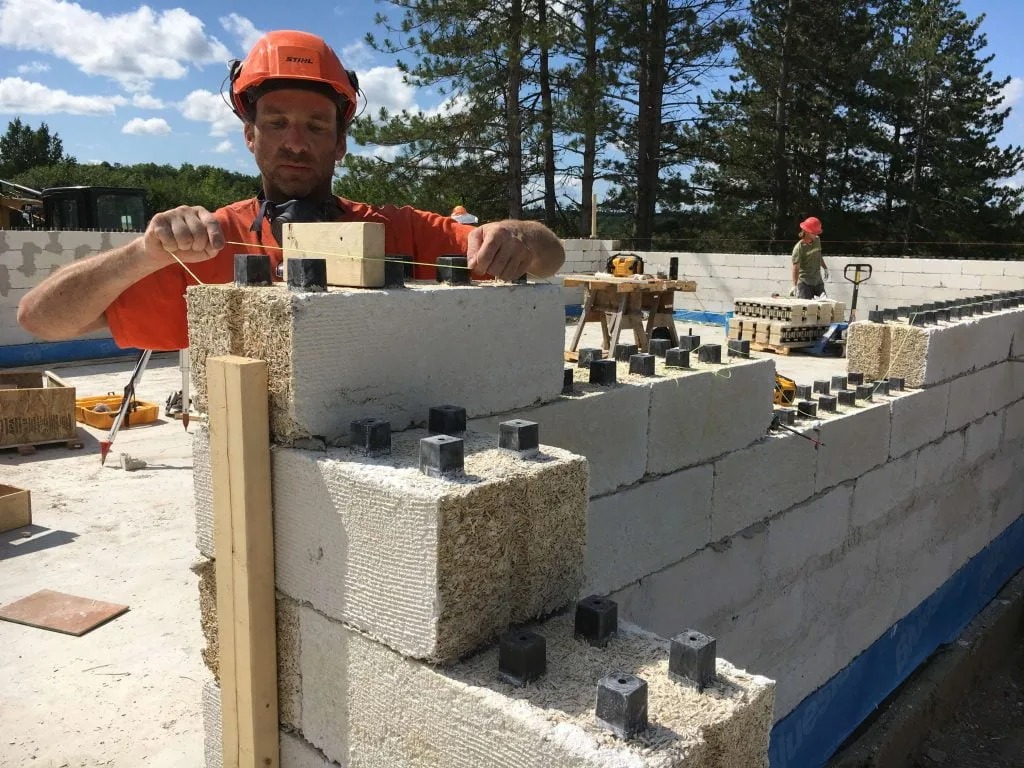
As the world searches for sustainable and fire-resistant building materials, hempcrete is emerging as a game-changer. A recent demonstration showcased the remarkable heat resistance of hempcrete, where a wall made of hemp was exposed to 360°C (680°F) for four hours with minimal impact.
What is Hempcrete?
Hempcrete is a bio-composite material made from hemp hurds (the woody inner core of the hemp plant), water, and a lime-based binder. Unlike conventional concrete, which is energy-intensive and brittle, hempcrete is lightweight, eco-friendly, and highly durable.

Fire Resistance of Hempcrete
The image from the demonstration vividly illustrates hempcrete’s ability to withstand extreme heat. While most building materials weaken or combust under prolonged exposure to fire, hempcrete remains largely unaffected due to its unique properties:
- High Thermal Mass – Hempcrete absorbs and slowly releases heat, preventing sudden temperature spikes.
- Non-Toxic When Burned – Unlike synthetic materials, hempcrete does not emit toxic fumes when exposed to fire.
- Charring Instead of Ignition – The material forms a protective char layer, which slows down fire penetration.
Studies have shown that hempcrete walls can resist fire for more than two hours, making them far superior to traditional materials like wood or drywall.

Why This Matters
With wildfires increasing worldwide, the need for fire-resistant building materials has never been greater. Hempcrete could provide safer homes, reduce fire-related damage, and promote sustainable construction. Additionally, hemp absorbs CO₂ during its growth, making it an environmentally responsible choice.
The Future of Hempcrete

Countries like France, Canada, and the Netherlands have already embraced hempcrete for its fire resistance, insulation properties, and sustainability. With increasing research and demand, hempcrete could soon become a standard in fire-resistant architecture.
Would you consider hempcrete for your next building project? Let us know your thoughts!

Leave a Reply